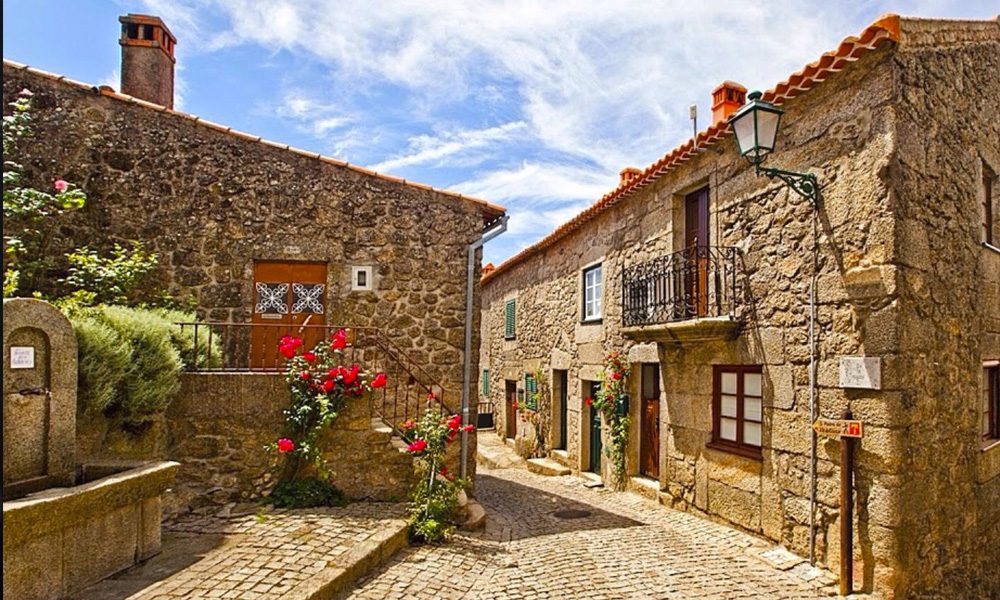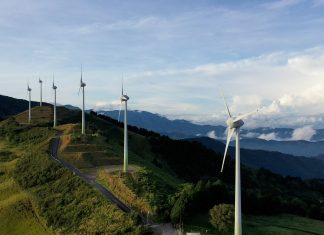1. Equidistant from Lisbon, Porto and Madrid
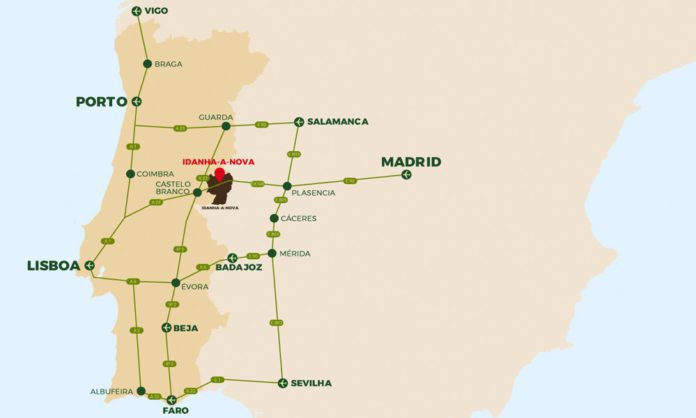
Idanha-a-Nova’s position as a border territory and its integration into an important road structure allows a good connection to various destinations in Portugal, and Spain.
Thus, the Municipality is located in an equidistant position of the cities of Lisbon (about 260 km), Porto (about 300 km), and Madrid (about 370 km), as well as their international airports, which gives it a very central position.
With its 1416 km², it’s 2.3 times larger than the city of Madrid (607 km²). Although, it has fewer inhabitants (about 8200) than the number of visitors the Reina Sofia Museum, in the Spanish capital, receives everyday (approximately 10 thousand).
2. It has the oldest baptistery of the Iberian Peninsula
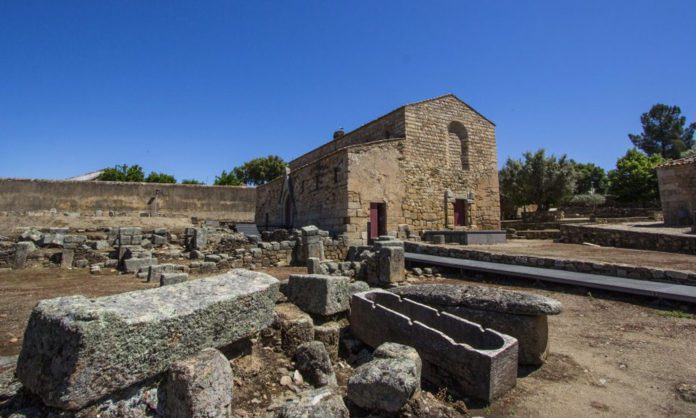
The historic village of Idanha-a-Velha has the oldest baptismal pools in the Iberian Peninsula, whose construction dates back to the second half of the 4th century, when the territory belonged to the Roman Empire.
Research on the baptistery of Idanha-a-Velha was conducted by the universities of Coimbra (Portugal), Vigo and Coruña (Spain), which carried out physicochemical and archaeological analyses of the structures.
According to Professor Pedro Carvalho, from the Humanistic Faculty of the University of Coimbra (FLUC), the baptistery is, until now, “the oldest known in the Iberian Peninsula, being one of the most recessed and important signs of Christianity’s presence in what is now the Portuguese territory “.
Built next to the early churches, the baptisteries were spaces where sacrament of baptism by immersion was ministered, preceding the baptismal basins that emerged later in the Middle Ages, and more specifically, in the eleventh century.
3. First Bio-Region in Portugal
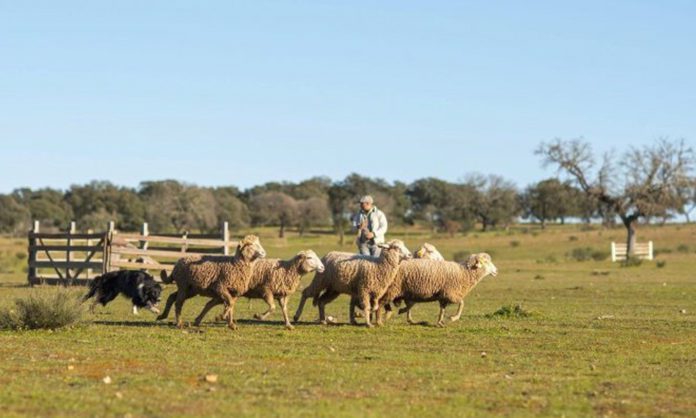
Idanha-a-Nova became the first Portuguese Municipality to be part of the International Network of Eco Regions (IN.N.E.R), whose goal is to implement a strategy for the development of environmental sustainability activities in the territory.
A Bio-district or Eco-Region is a territory naturally dedicated to organic and organic production, with the conscious involvement of the entire local community, being from farmers, producers, citizens, consumers, schools, tour operators, public authorities, or institutions.
All entities agree to the sustainable management of local resources based on the principles of organic farming and agroecology.
4. Home to the Boom Festival

Extending over 180 hectares of Herdade da Granja, on the Idanha-a-Nova dam, the creative city Boomland is home to one of the world’s most green and sustainable festivals, the Boom Festival.
Completely independent, this biennial festival takes place during the full moon in August and brings together about 40,000 people from 152 nationalities, 2,057 workers – amongst which 593 are volunteers.
It initially started in 1997 as a musical event but has evolved throughout its editions into a celebration of alternative culture, and is today a multidisciplinary, transgenerational, and intercultural festival.
One of Boom’s peculiarities is its independence from the commercial system, refusing any kind of sponsorship in order to keep its space free of visual pollution. Its ethics are based on an atmosphere of contact with nature, developing self-sustainability projects since 2004, transmitting ecological awareness to the participants.
Considered to be the best environmental festival in Europe, Boom Festival is the only Portuguese festival with international awards, namely, in the environmental field.
5. Monsanto’s adufeiras
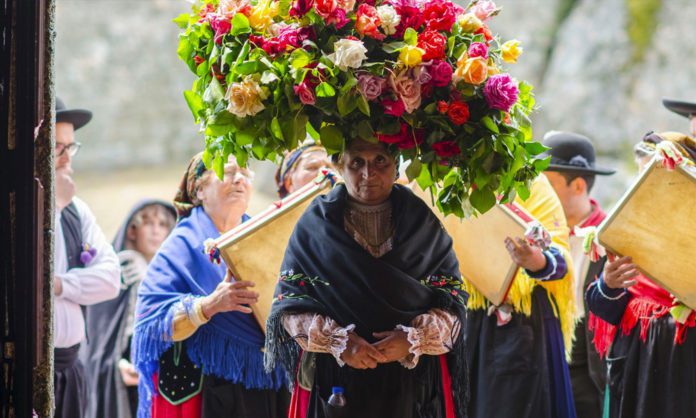
Idanha-a-Nova is a UNESCO Music Creative City, thanks to the Portuguese village that adopted and claimed the adufe, a percussion instrument typical of the Beira Baixa region, associated with festive balls and pilgrimages, accompanied by singing.
Over the years, both production and use have declined, and it is a challenge for the people to encourage and stimulate the population to continue producing adufes in order to continue fostering tradition and culture, which also contributes to the county’s tourism.
Monsanto, in the Municipality of Idanha, is one of the few Portuguese villages where the adufe appears as the only instrument to accompany singing in folk music. Amongst the groups that still convey this heritage today, the Monsanto Adufeiras is one that seeks to preserve the songs and the art of playing the adufe, without any conceptual or structural changes, even in terms of costume and performance on stage.
Introduced in the Iberian Peninsula between the 8th and 9th centuries by the Arabs, it is usually only played by women. According to iconographic testimonies illustrating women’s hands, this association of the instrument to the female gender dates back to the civilizations of Mesopotamia, Egypt, Greece, Rome, and the pre-Islamic world.




